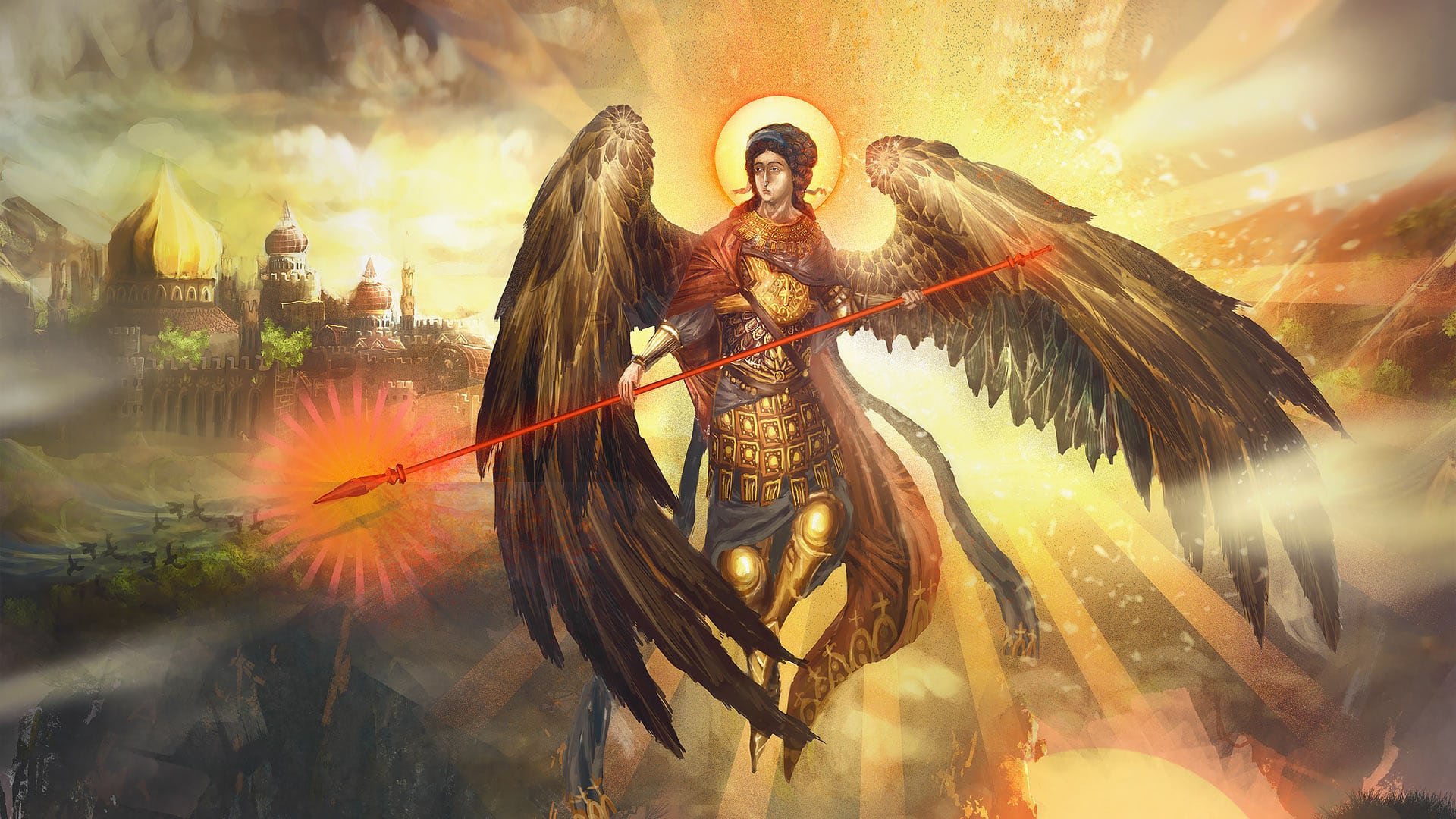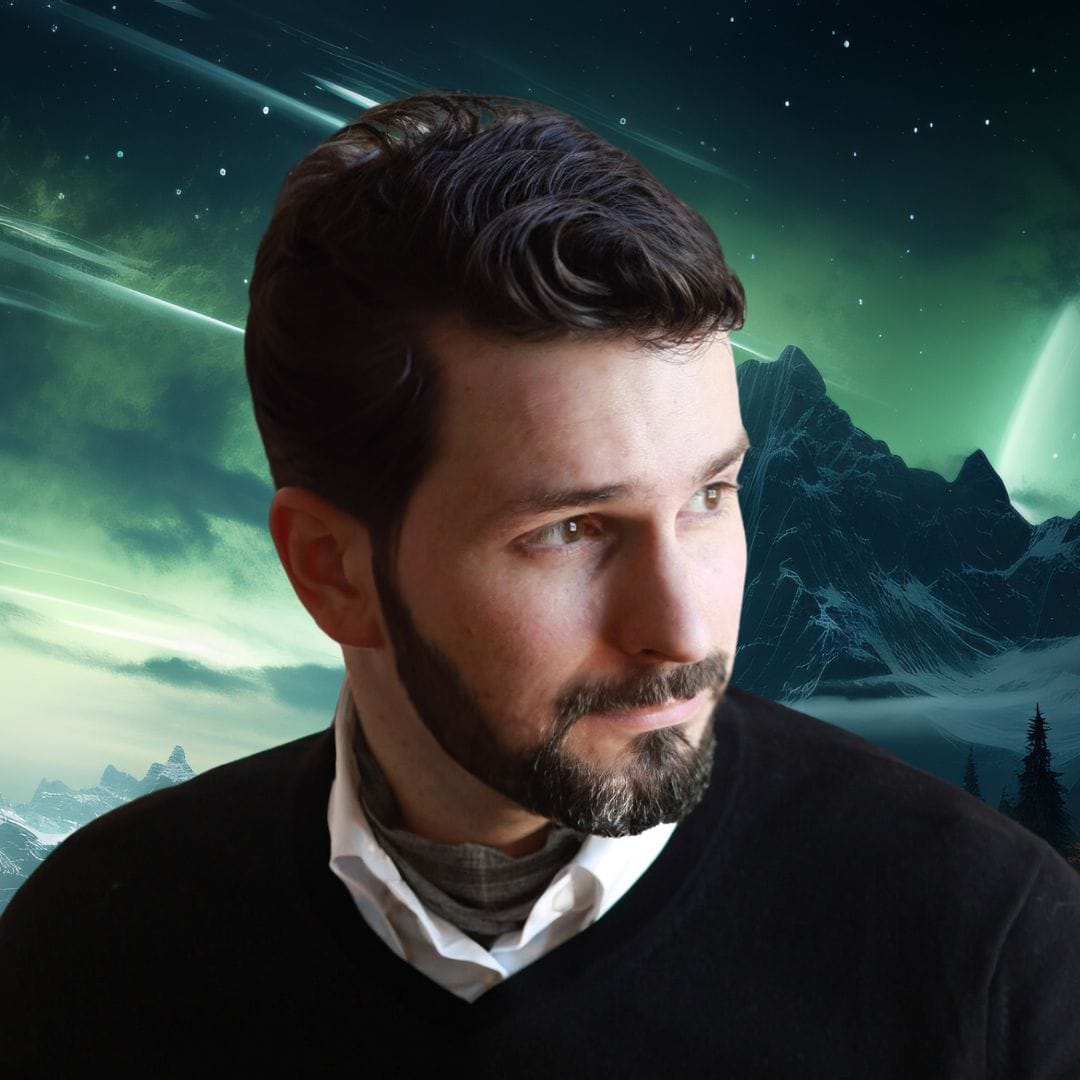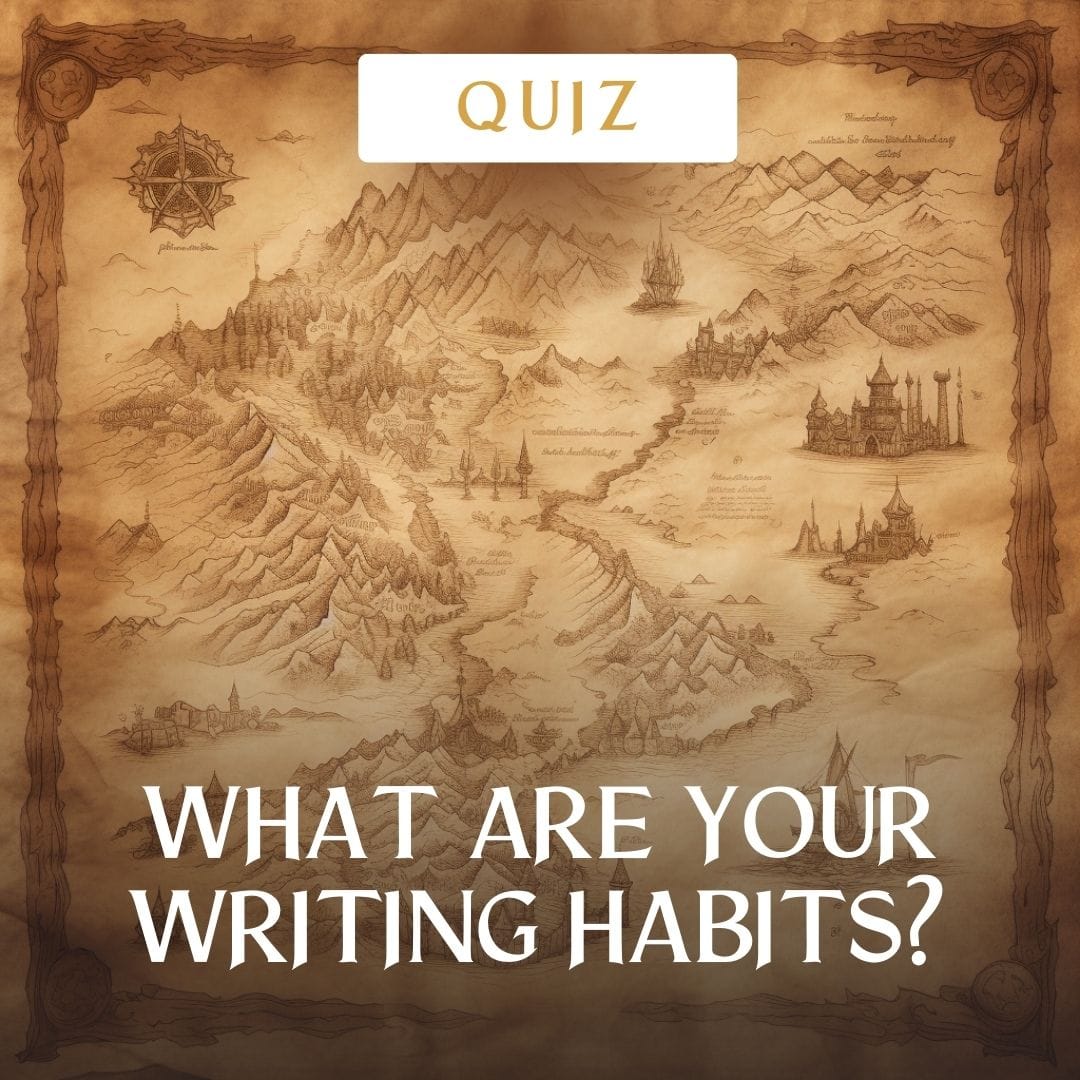What are sacred stories? They are the mystical kind, the kind that goes deepest and highest in our capacity to understand.
This tier of taletelling are the mysteries, the stories of direct contact with sacred, sacramental, and spiritual realities. God, Heaven, transcendence, revelation, prophecy, lives of the saints, and so on.
These stories are like the koans of the spiritual world. A koan is “a paradoxical anecdote or riddle, used in Zen Buddhism to demonstrate the inadequacy of logical reasoning and to provoke enlightenment.” The saints were full of them, especially the early fathers and mothers of the Church.
“The Catechism describes mystagogy as a “liturgical catechesis that aims to initiate people into the mystery of Christ” (CCC 1075). Mystagogy leads us from the external signs and rituals of the liturgy to the inner, spiritual meaning of the divine life they signify. Mystagogy is the form of catechesis that helps us unpack and explore the spiritual treasures contained in the sacraments by continuously reflecting on their meaning and significance in our personal lives of faith.” – Catholic Apostolate Center
The lives of the saints, stories in Sacred Scripture, parables and prophetic memoirs must be understood on many levels. Sometimes they contain truths that can’t be explained. They can only be lived.
They are the next step beyond fairy tales and mythology.
Fairy Tales generate awareness of the magic and intensity of our being. Mythology grounds us in the awareness of our context, of the complexity and aliveness and purpose of reality. Mystagogy connects us with the greatest truth, like a child seeing the glowing tip of diamond pushing into our reality, and beginning to understand that we are looking at only the tip of a titanic iceberg.
Mystagogy is about the revelation of mysteries. “There is a God in heaven who reveals mysteries,” (Daniel 2:28).
We do not exist apart from God
But something we begin to understand is that there are no objects in God, and God is not an object to us.
An object is something distinct from us, that we come to know, that it outside of us. A subject is something internal that we generate or are aware of, in our being. We turn objects into subjective awareness in our minds.
But everything is subject within God. And God is not an object of our minds.
God does not exist distinct from us, like a chair on the other side of the room. We are subject within him. We are distinct from his personality and divinity, and called to accept him, to live him, to participate in his divine life. To be gods. This is what theosis means.
That’s why mystagogical stories, like the lives of the saints, are even harder to penetrate than myths.
Far too often, sacred stories are simplified to share with little children. But saints stories are anything but simple. They’re anything but safe.
They are the frontier of human fierceness and failing butting up against the relentless love of God. They are the dark morning of Jacob grappling with an Angel and breaking his hip for a blessing.
They’re full of horror, violence, depression, anger, mistakes, misapplied virtue, misunderstood truths, and terrible cultural pressure. And they’re also full of light, heroism, hunger, joy, and everything good from the Father of Lights.
Being aware of a saint’s story is like knowing about a fairy tale. We’ve heard the superficial retelling of events.
But fairy tales, myths, and sacred stories, are gateways to a deeper frontier – the much needed Dark Night of the Soul. That edge of the abyss of human existence where we step off into God with a full and willing trust. Where faith replaces feelings, and hope transcends reason.
That’s where the saints live. That’s how they understood their calling, their journey, their sacred pilgrimage.
Why sacred stories matter
These saints become more than themselves. More than their own lives. They incarnate mythical themes, fairy tale archetypes, layered and layered with meaning. And still, they are only human, and we are meant to understand them in the totality of their journey.
Some meanings are only visible when we’re young, because that is the stage of our inner development. But 40 years later, we return to the same story, completely renewed inside. And the story reveals insights we weren’t capable of seeing before.
Lives of the saints and the parables of Sacred Scripture are not tales to be enjoyed. They are paths to be lived. Not everyone will take to every path. Some paths are passed, or past, trekked for a different time and people.
Sacred stories are the clearest contact with the truth, like the council of Moses sitting beneath the translucent sapphire floor of Heaven on the top of Mount Sinai, warmed by the Burning Bush, and breaking bread with the blurred glow of God. Everything is a symbol that only living people can understand.
They are more than the final layer, the cherry on the cake. They are the background and foundation, from which emerge myth, and condense into fairy tale.
Read the full post on ‘The Rewilding of Enchantment‘




Great description! Thanks for taking the time to write that!